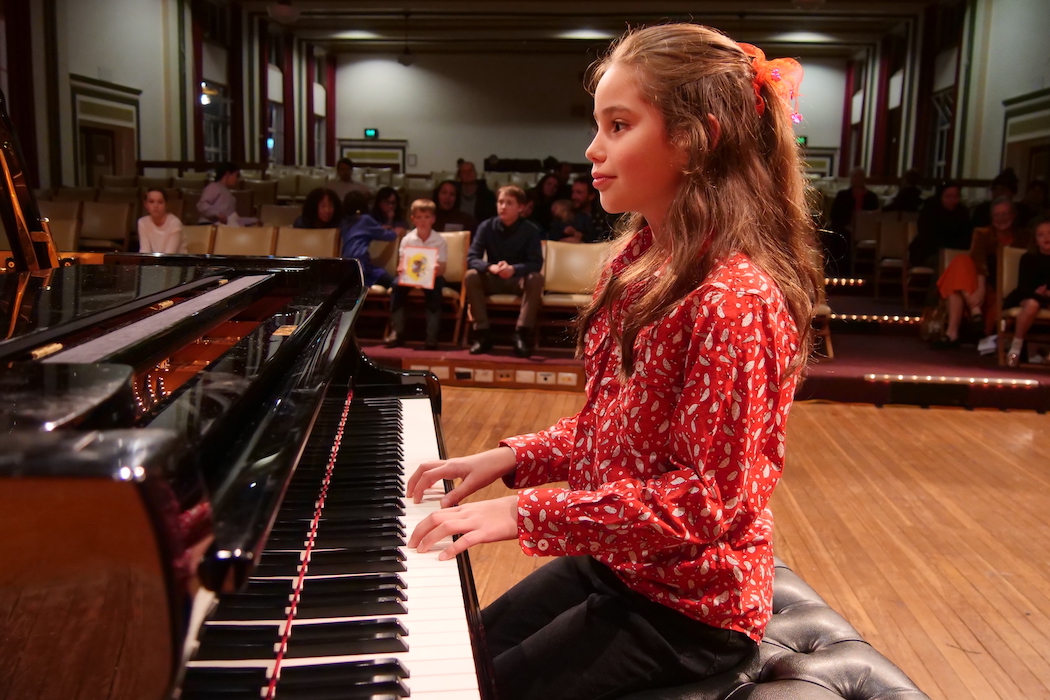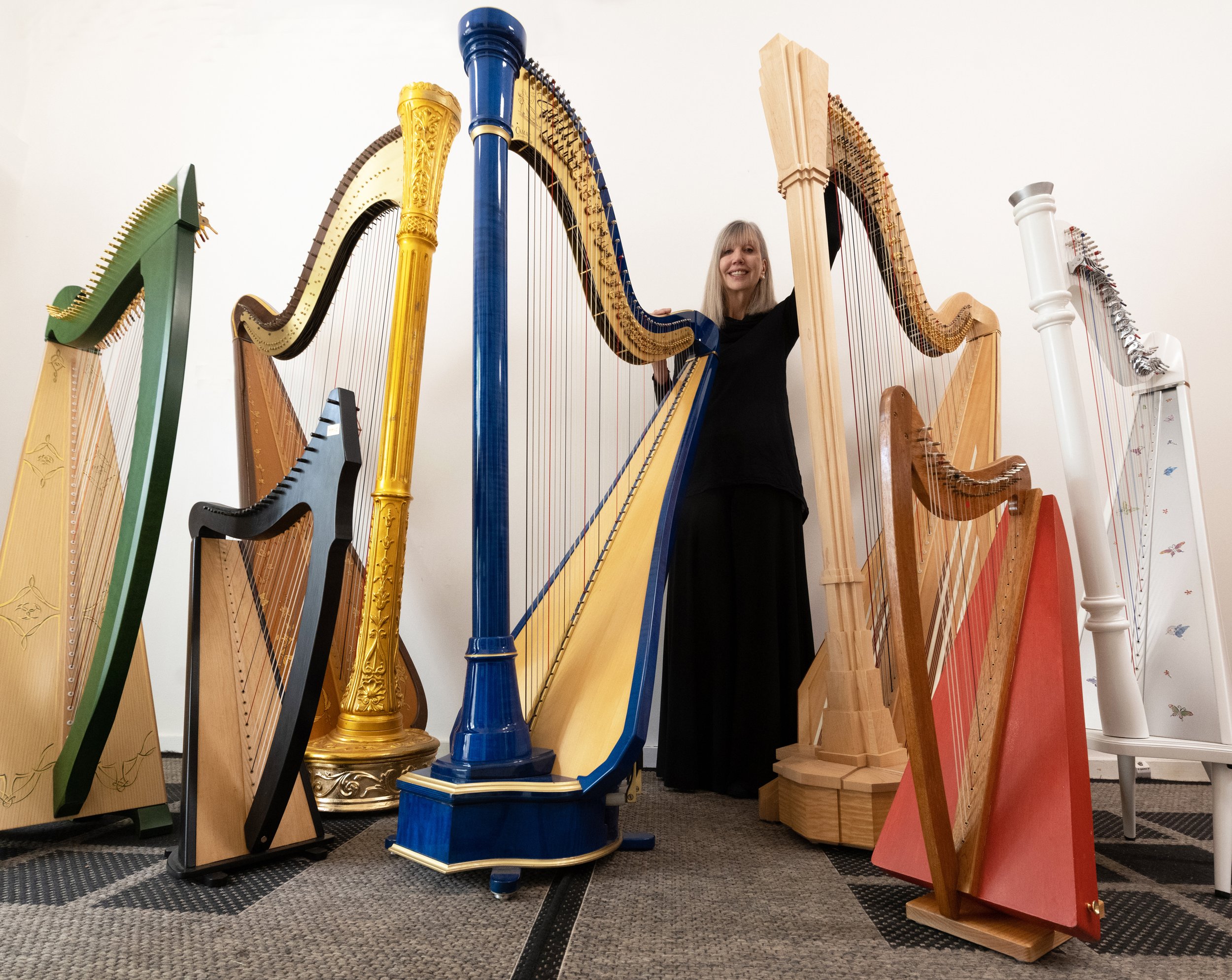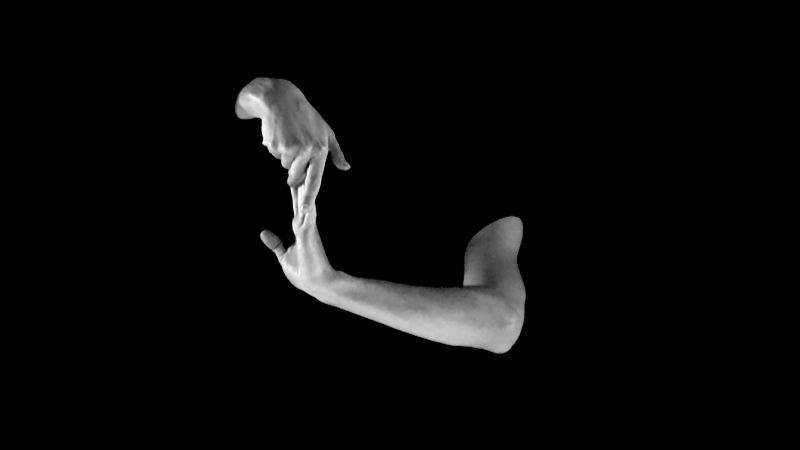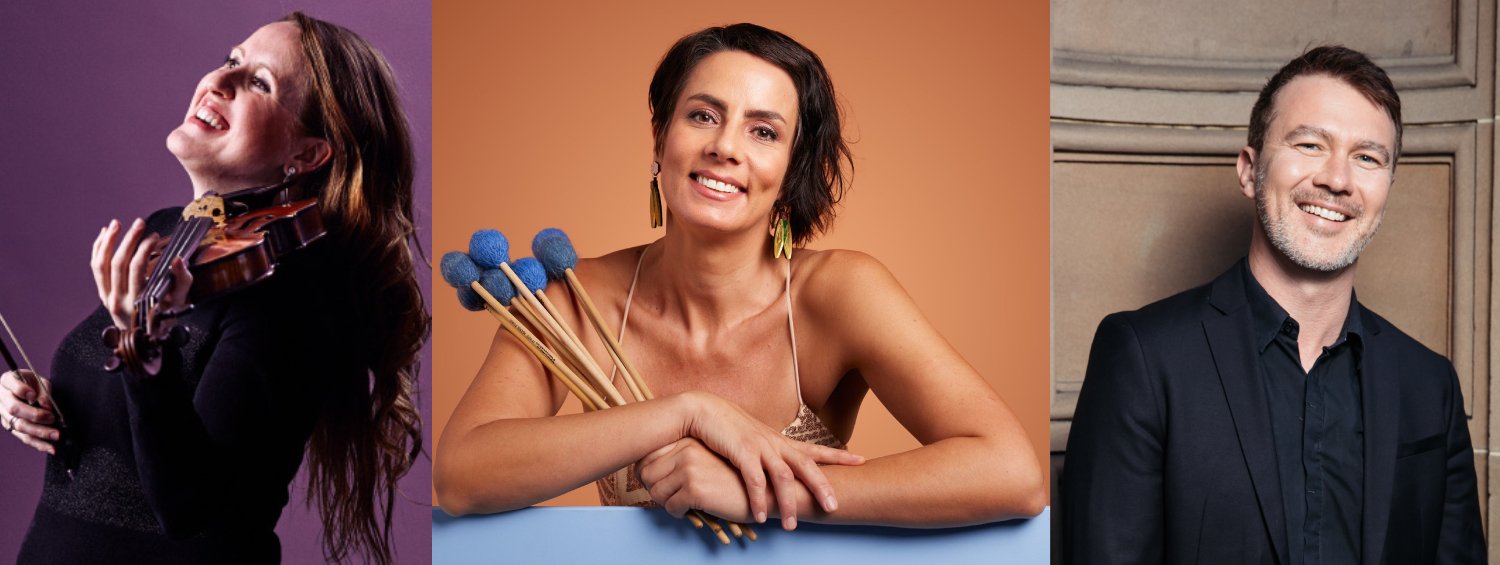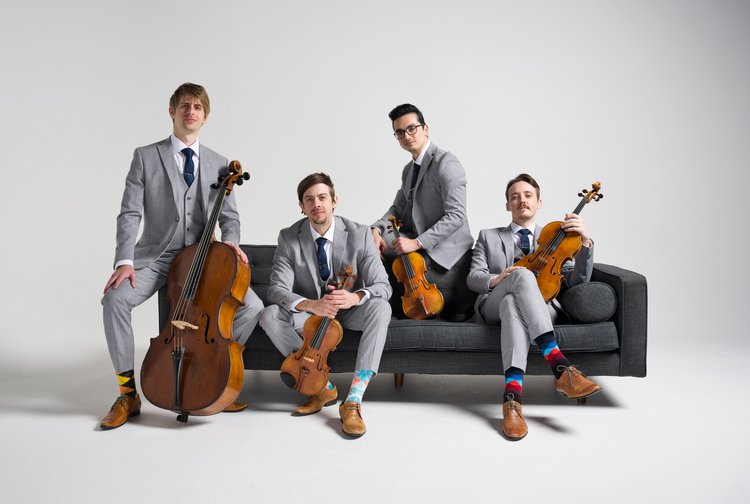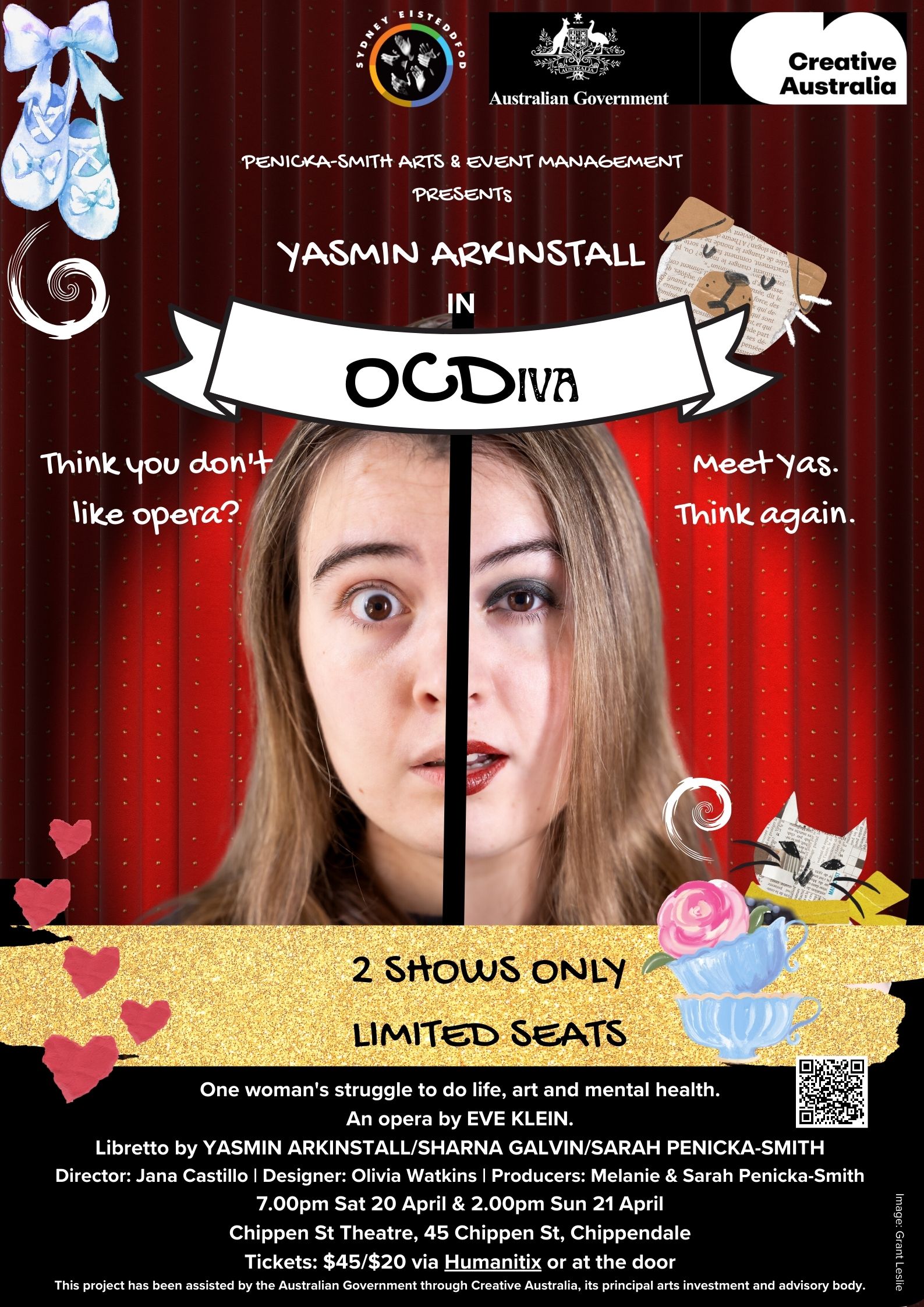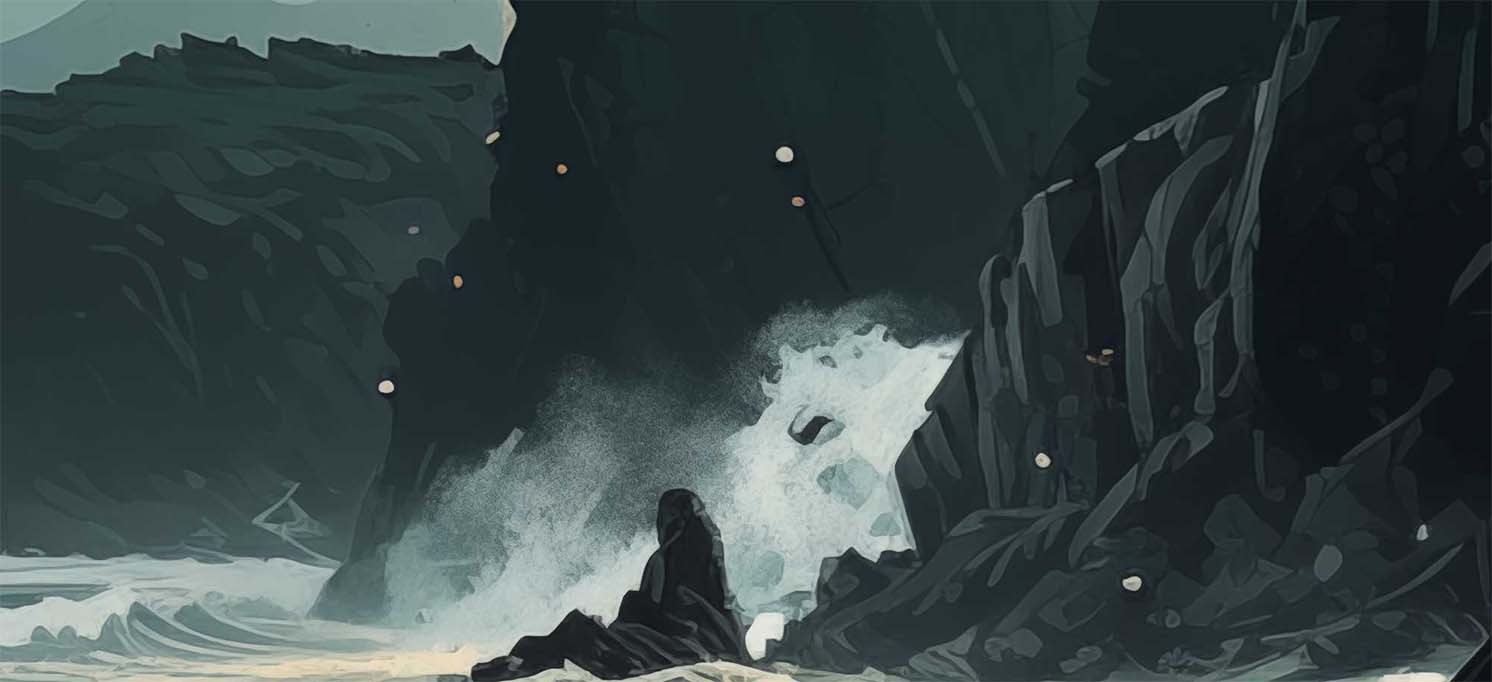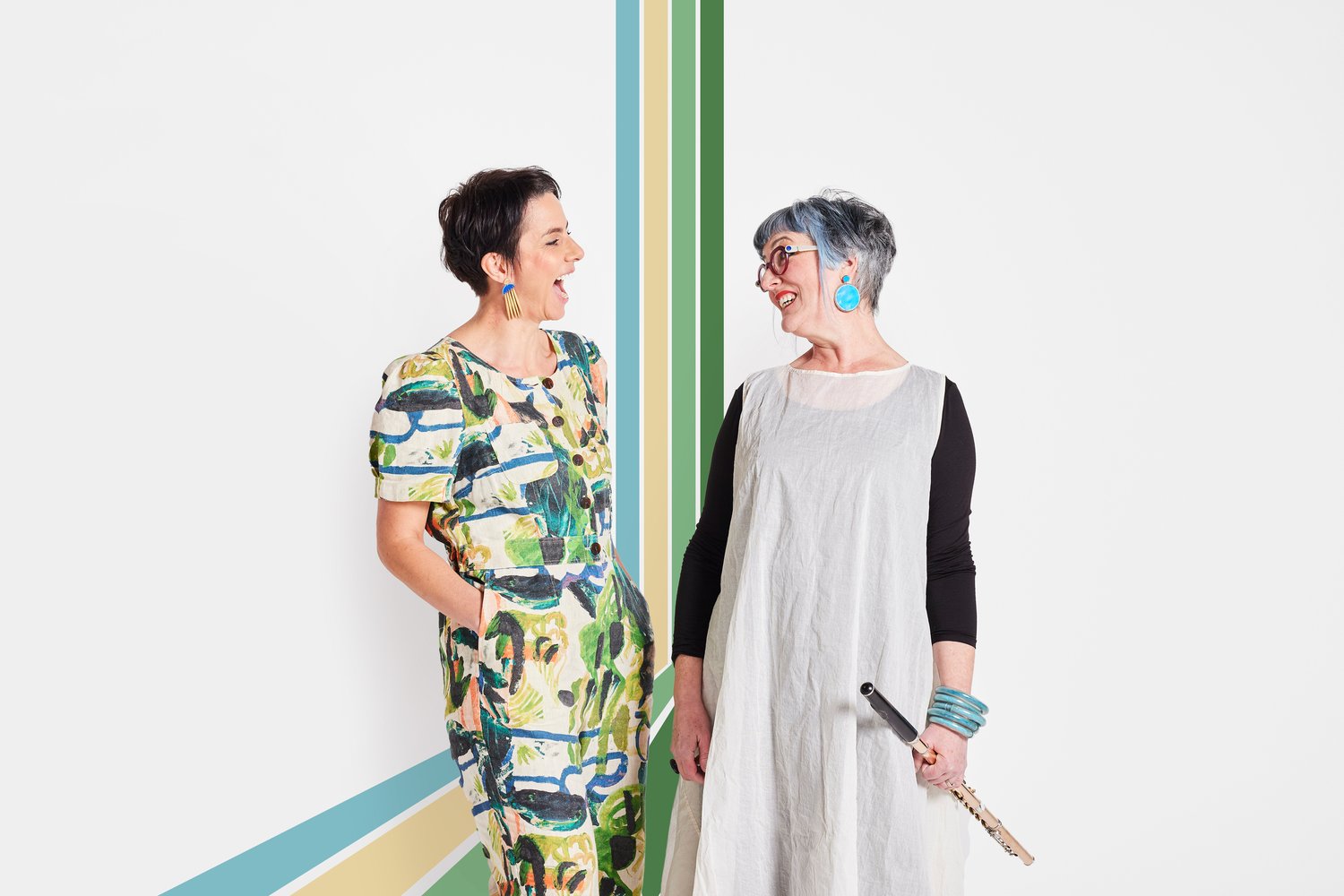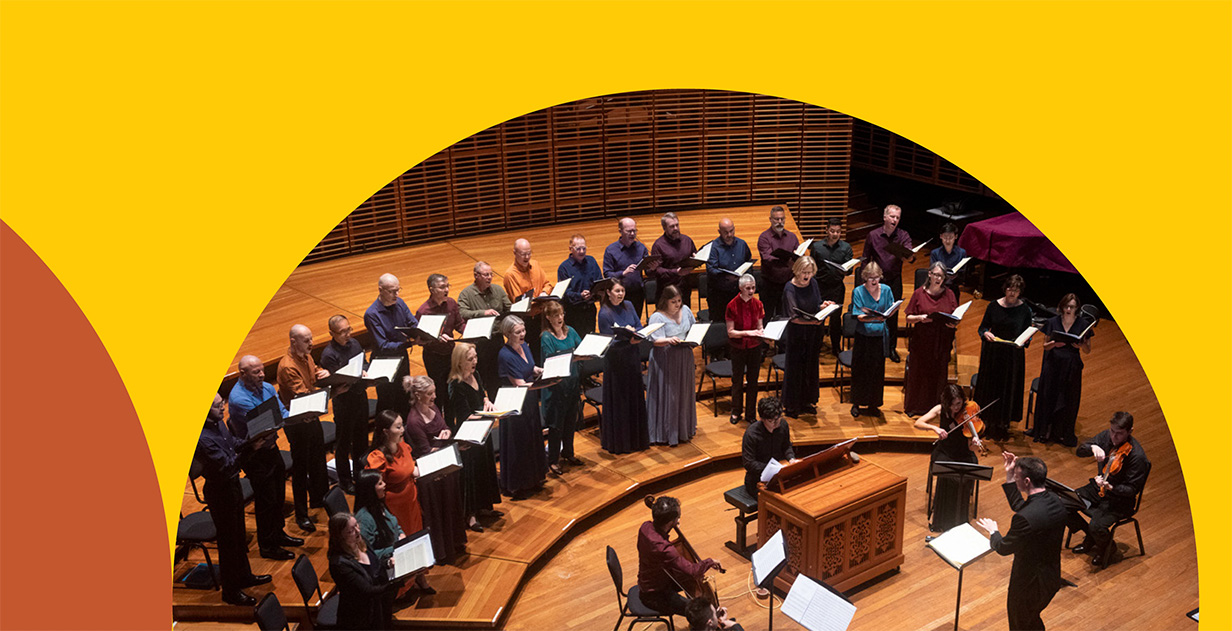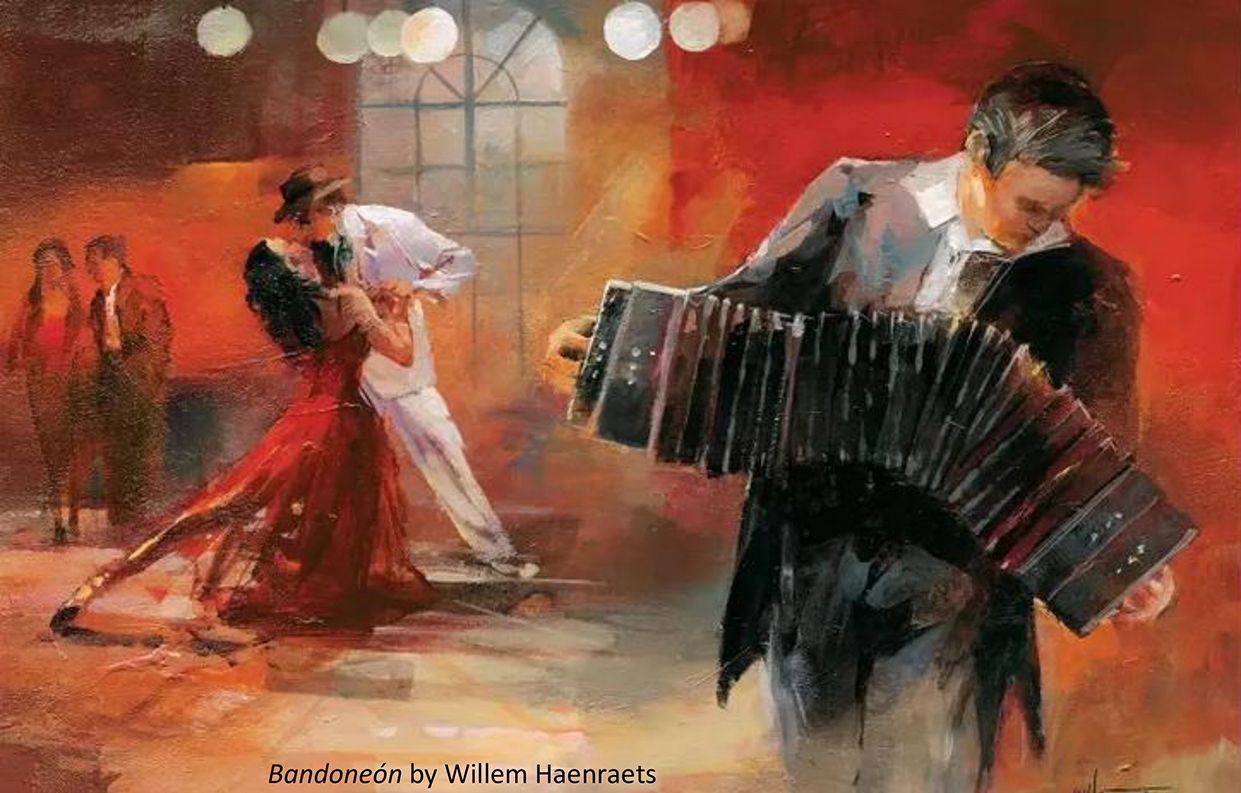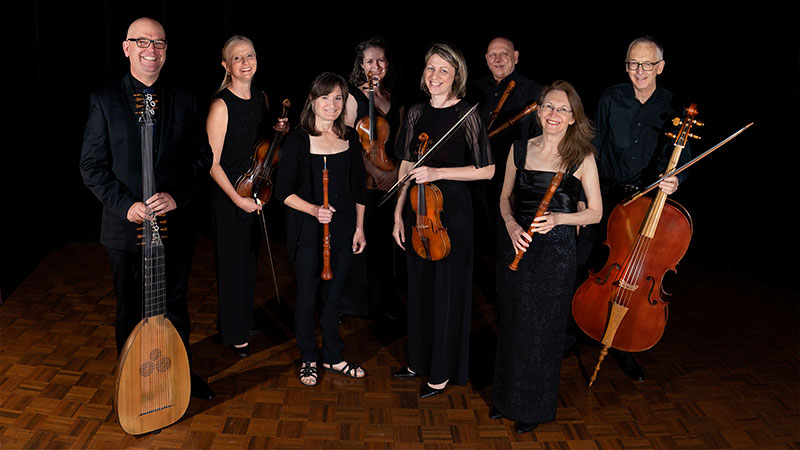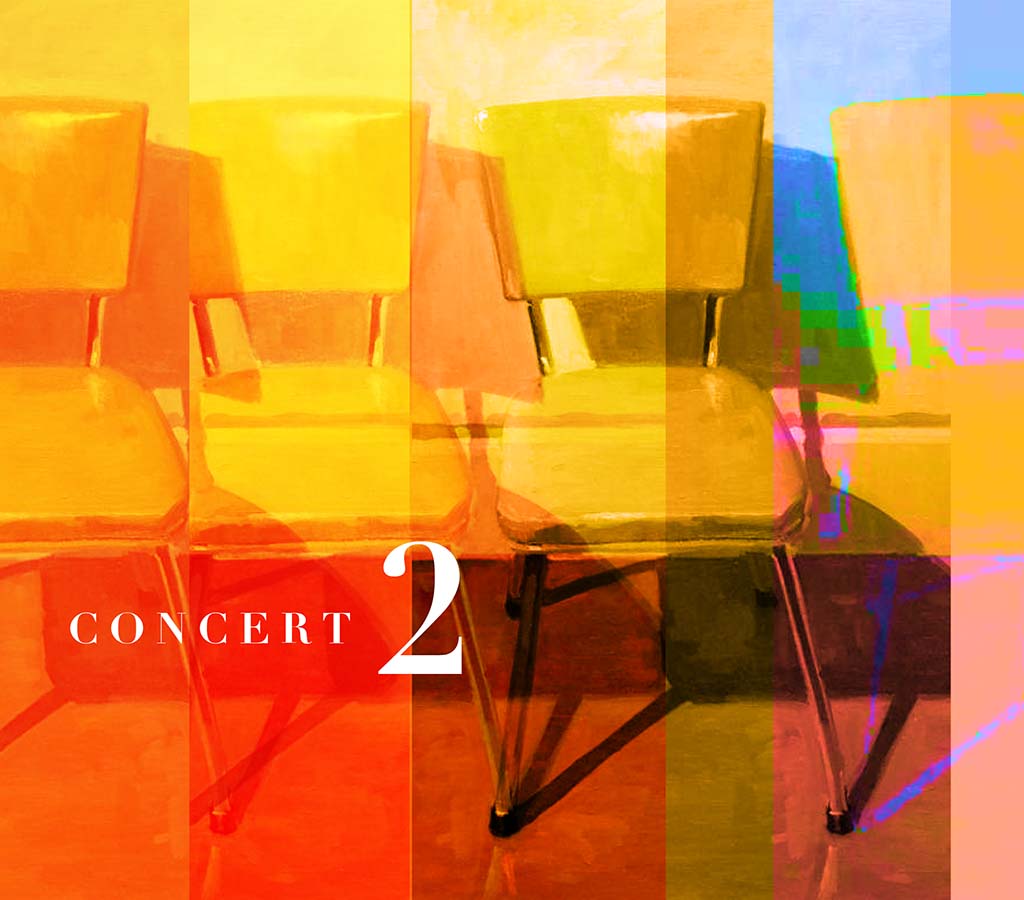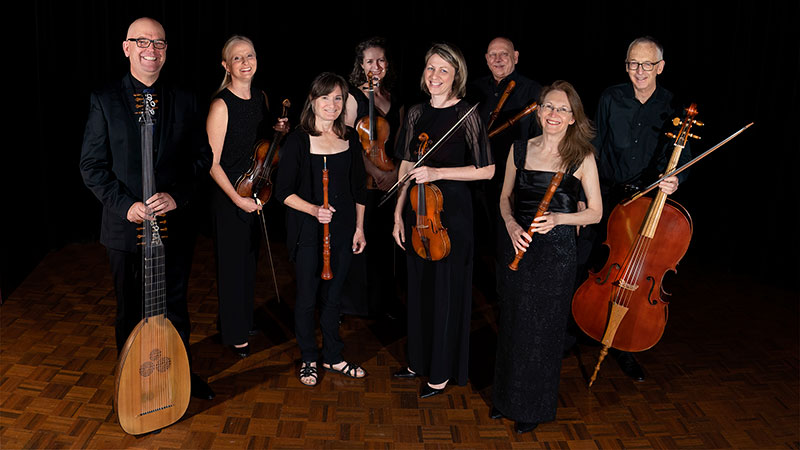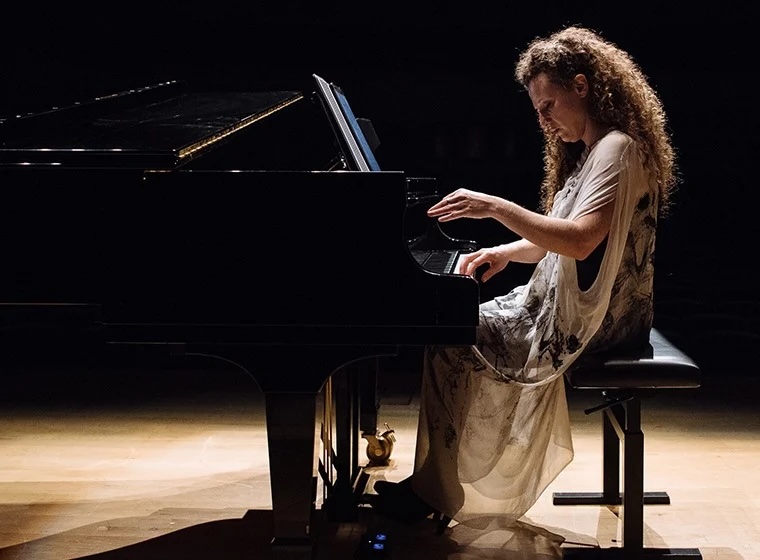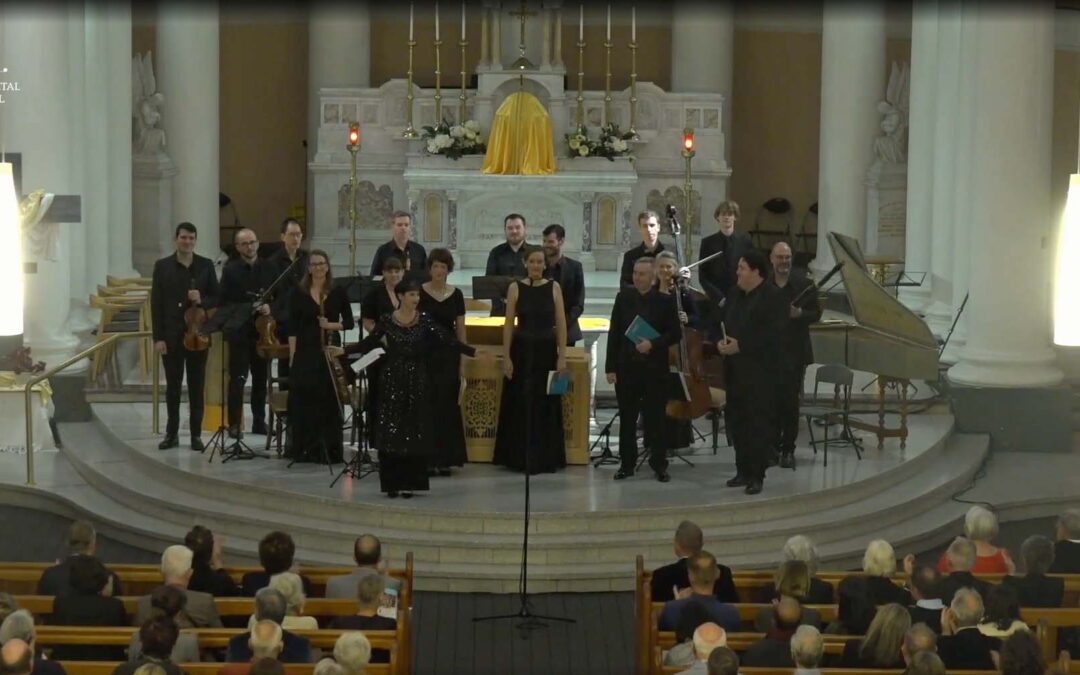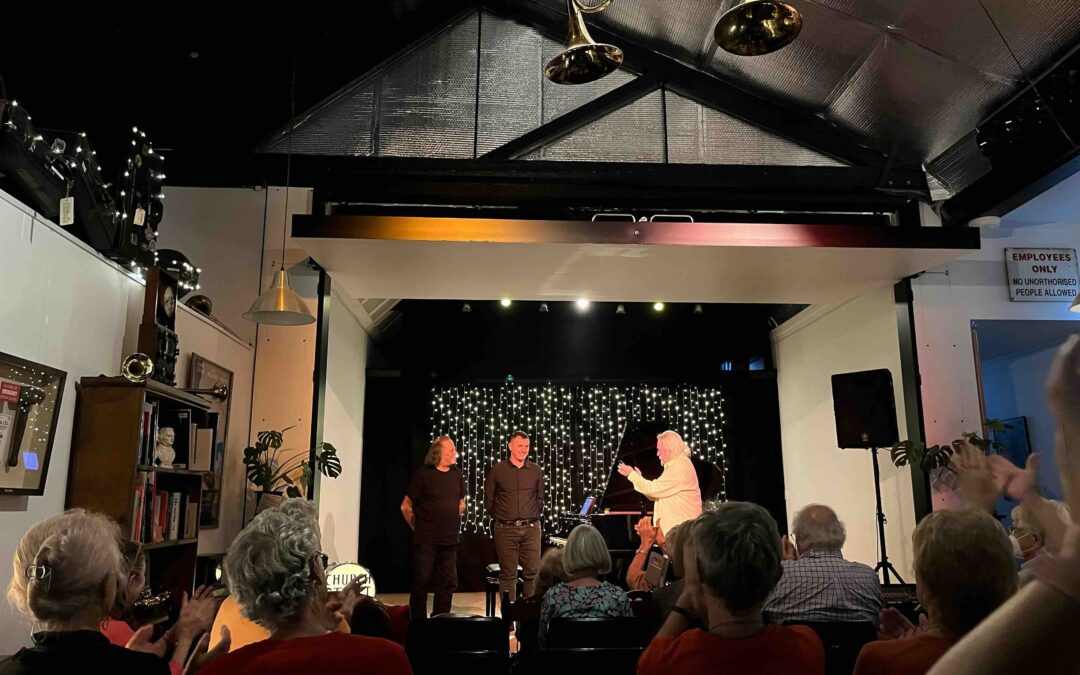After a prolonged run of wet weather in Sydney, the sun shone brightly for the first concert of the Australian Haydn Ensemble’s 2017 season.
It featured the works of WA Mozart, Luigi Boccherini, and Giuseppe Cambini, either arranged for or originally composed for string quintet. Unlike Mozart, both Boccherini and Cambini moved away from their country of birth to Spain and France respectively. Their compositions were heavily influenced by the music of their adopted countries.
First violinist, Skye McIntosh, introduced each of the four works. The first by Mozart was Fantasy in F minor K594 for Mechanical Organ arranged for String Quintet. As it was originally composed for organ, the harmony, textures, and voicing were rather different to that of an original string work. This two-movement work featured repeated low notes played by the cello, suggesting the drone of a mechanical organ that provided “programmed” music in the historic houses and institutions of the day, particularly in the first movement Adagio.
The “atmospheric venue”, the sandstone-walled Cell Block Theatre at the National Art School, once part of Darlinghurst Gaol, the oldest surviving large gaol complex in Australia, provided both wonderful acoustics for the concert and adequate seating for the large audience in attendance.
The main challenge for the musicians was the humidity which wreaked havoc with their gut strings meaning constant prolonged tuning before every movement of every work.
Boccherini’s String Quintet Op 25 No 6 in A minor was composed for interchangeable alto cello and viola parts that were not exactly the same but modified intermittently. The 2 cellists, Anton Baba and Danny Yeadon, provided the initial harmony in the first movement Allegro non troppo but, later in the movement, Yeadon provided repeated melodic material with the first violin. The second movement Minuetto and Trio and third movement Largo cantabile featured the upper strings in various combinations providing the lyrical lines accompanied by the cellos. The fourth and final movement Finale: Allegro giusto was lively with a recurring 7-note motif and allowed members of the ensemble to display both their virtuosity and sense of unison.
After Interval, the ensemble played String Quintet No 23 in G by lesser-known composer Cambini. His music reflected the simple French galant style typical of the late eighteenth century. The first movement Allegro maestoso featured melodic exchanges between the upper and lower strings whilst the second movement Andante assai presented a more sombre mood with an interesting middle section where Yeadon played the melody in the high register of the cello with the upper strings. The work finished with a charming Allegretto where rapid interplay of short phrases between the instruments contributed to its sense of cheerfulness and playfulness.
The most fascinating work was left til last, Boccherini’s String Quintet Op 30 “Night Music of the Streets of Madrid“. It consisted of 7 movements played without a break and epitomised a programmatic work that vividly depicted the scene around the composer at the time viz Madrid in 1780. It began with the bells of Ave Maria reflected by the pizzicato employed by the ensemble except the first violin. The second movement Soldiers’ Drum was suggested by a series of a strong repeated note by the first violin. In fact, the cellists did not hold their bows til the fourth movement Il Rosario as the third movement Minuet of the Blind Beggars required them to hold their instruments like guitars and “use the nails of their hand” like street buskers, as specifically instructed by the composer, in support of the melody in the upper strings, especially the second violin played by Caroline Hopson. The name of the fifth movement Passa Calle indicated a passacaglia in the bass with the melody in the upper strings providing the street-singing, so to speak. The sixth movement The Drum was probably suggested by the spiccato on the viola. The final movement Retreat appropriately ended with a pianissimo phrase by the first violin. All in all, a most satisfying picture painted by music!
To the delight of the audience, the ensemble played an encore and what a much-loved encore it was, Boccherini’s Fandango, the fourth and final movement of the original piece composed for guitar, string quartet, and castanets viz Guitar Quintet in G D448, here arranged for string quintet. The dance-like triple rhythms of 3/4 and 6/8 time were entrancing and encouraged toe-tapping from the start. I was expecting a flamenco dancer with castanets to leap out onto the stage at any moment. First, the violist, James Eccles, then cellist Baba, hit the body of their instruments to great effect, helping to replace the missing sound and rhythmic background of the castanets.
The concert fittingly finished at sunset, very appropriate for a concert titled Boccherini’s Night Streets.
I would recommend the Australian Haydn Ensemble (AHE) to lovers of classical music and historically-performed practice on period instruments in particular. These HIPsters certainly provided an authentic sound world of the latter half of the eighteenth century.
Review for:
![]()
Australian Haydn Ensemble: Boccherini Night Streets | Sunday 19 March 5pm | Cell Block Theatre, National Art School, Darlinghurst
![]()


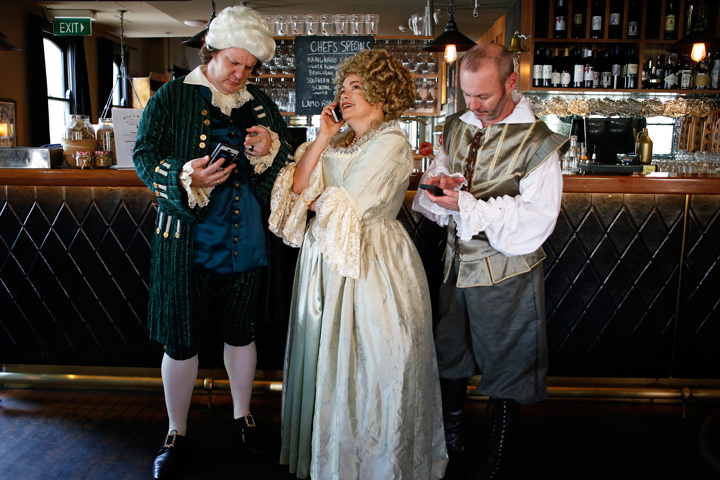







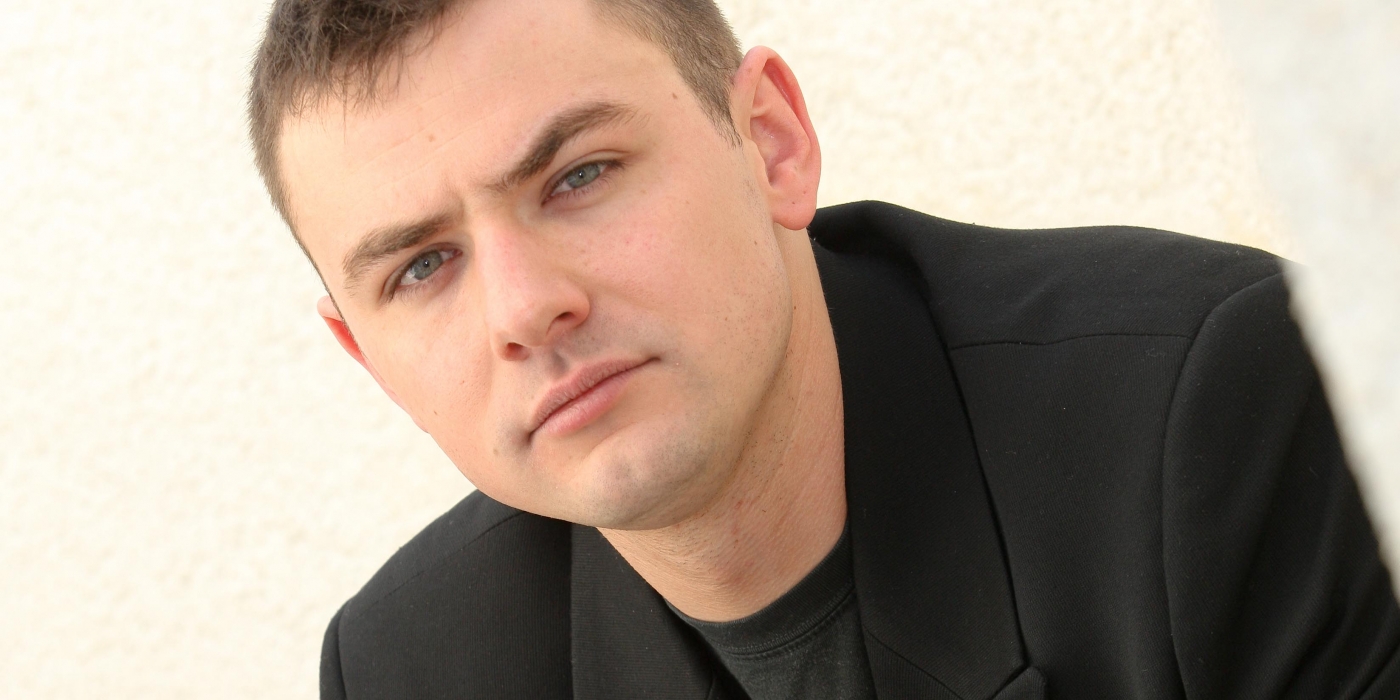


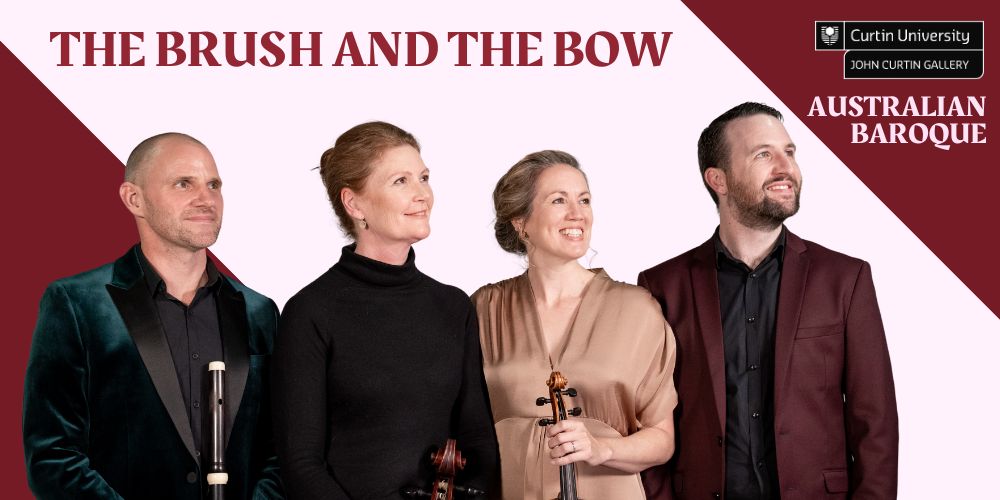





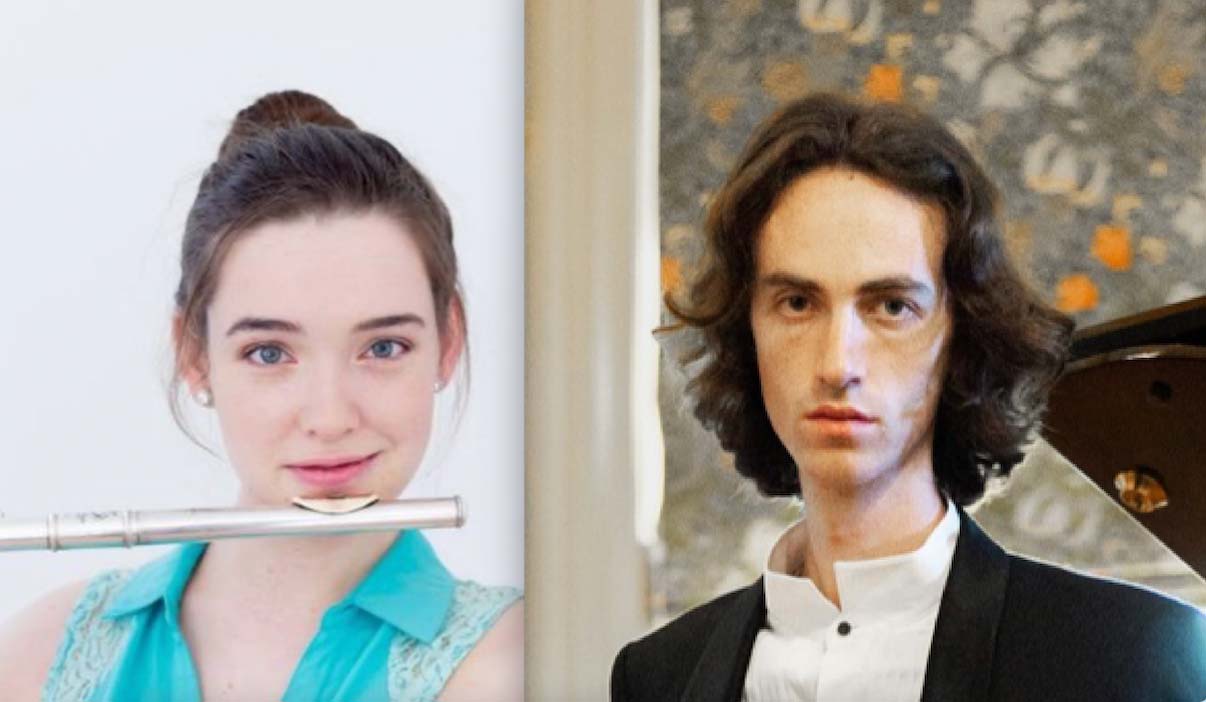
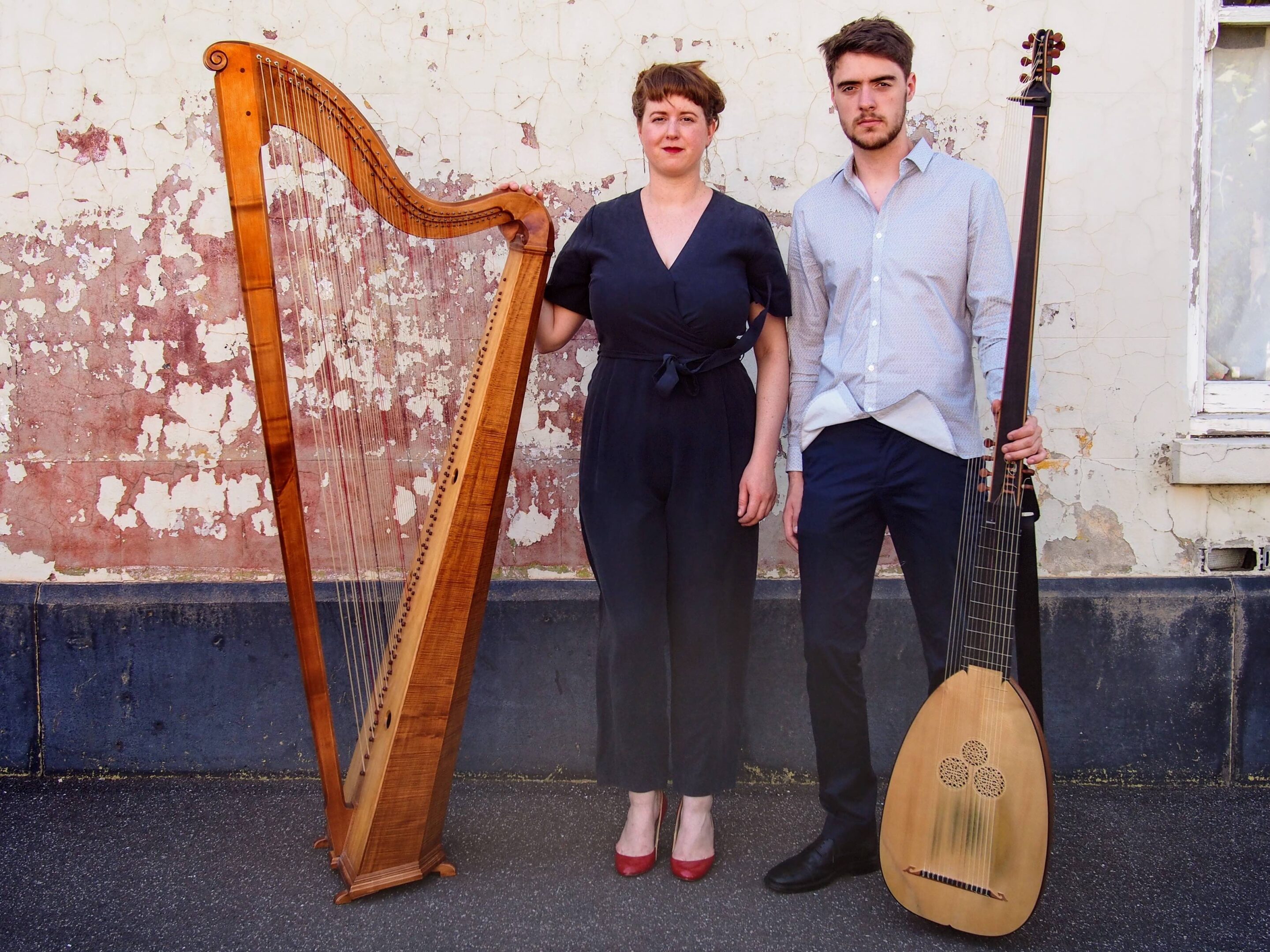

![user222 mrc mostlymozart [glass harmonica] user222 mrc mostlymozart [glass harmonica]](https://cdn-classikon.b-cdn.net/wp-content/uploads/2024/02/user222-mrc_mostlymozart_glass_harmonica.png)
